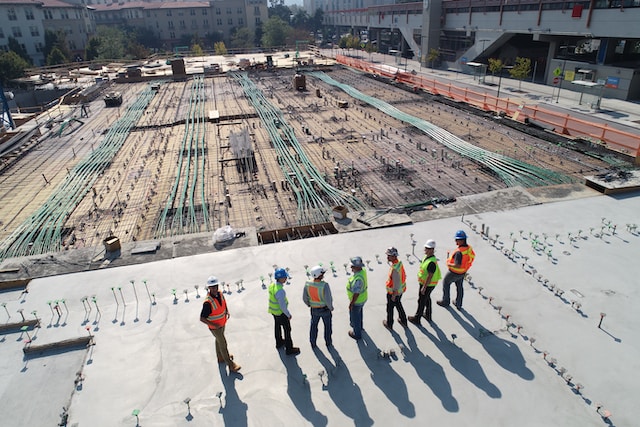Builders rely on rainwater
An average family uses about 15,000 litres of water per month. They come out of the tap and are pure drinking water in many countries: much too good for the toilet or the garden.
That's why more and more builders and homeowners are turning to rainwater harvesting, even when renovating their homes. Modern systems supply filtered rainwater for all areas that do not require drinking water quality.
How does a rainwater system work?
The rainwater unit controls the system. It monitors the fill level of the cistern and pumps the collected rainwater to where it is needed: Into the garden, to tapping points for cleaning the house and yard, to the washing machine and, last but not least, into the toilet cistern.
On average, use of rainwater indoors can replace about 60 Liter of mains water per person per day.
Build sustainably and protect the environment and your wallet
Rainwater harvesting protects the environment and your wallet and makes you less dependent on the public water supply.
Only a rainwater harvesting system completes a sustainable house concept.
Use rainwater!





























